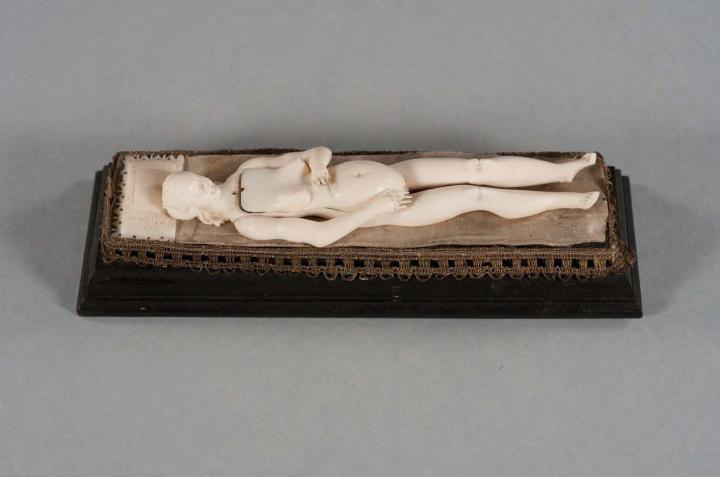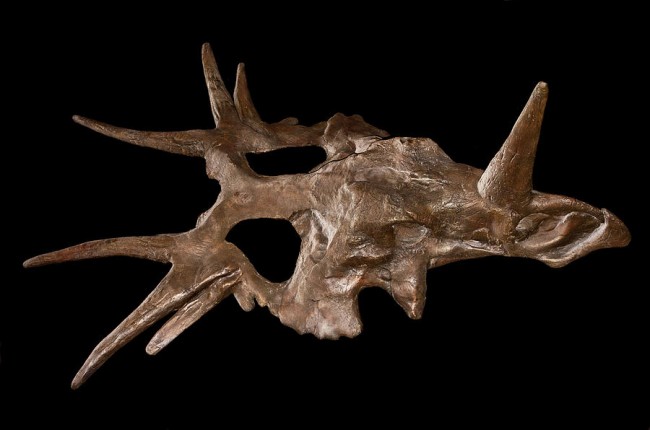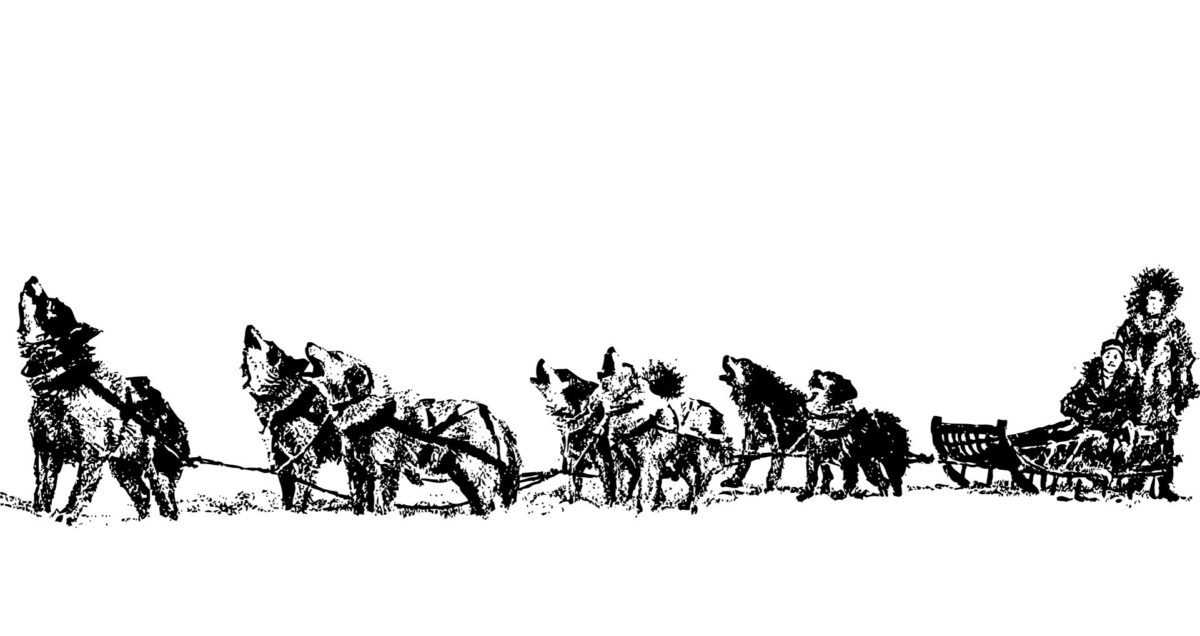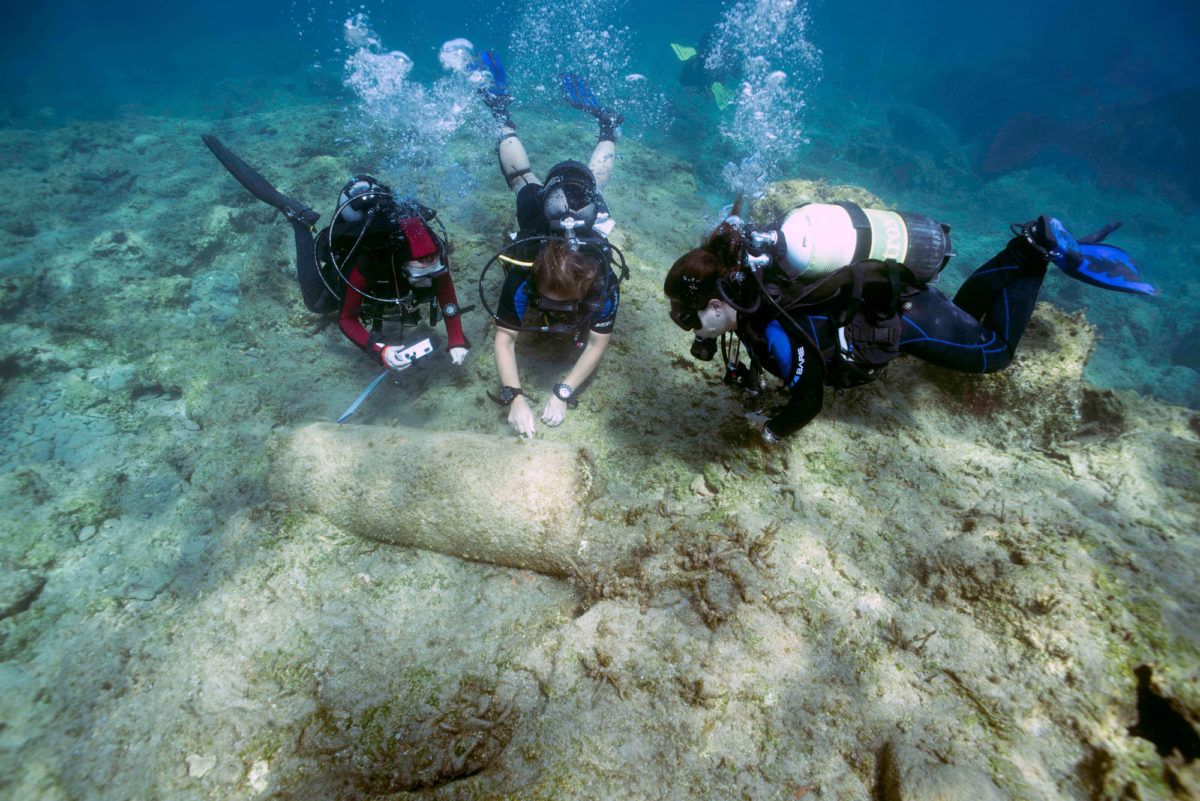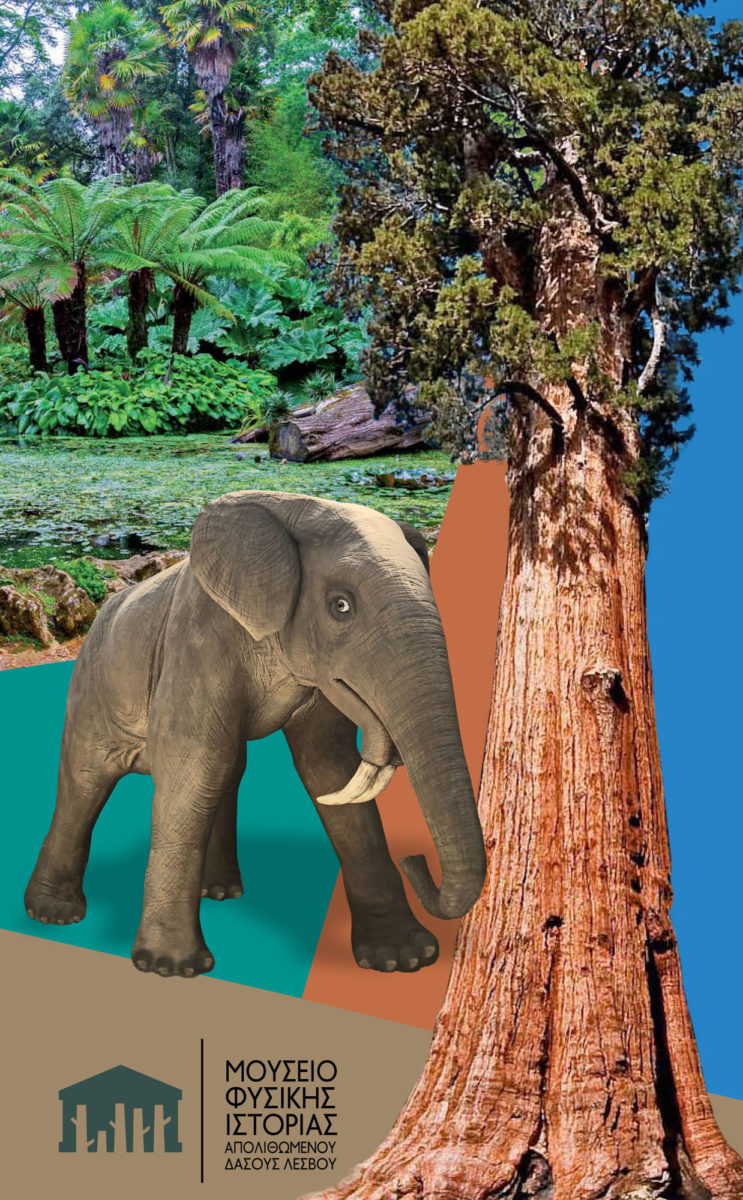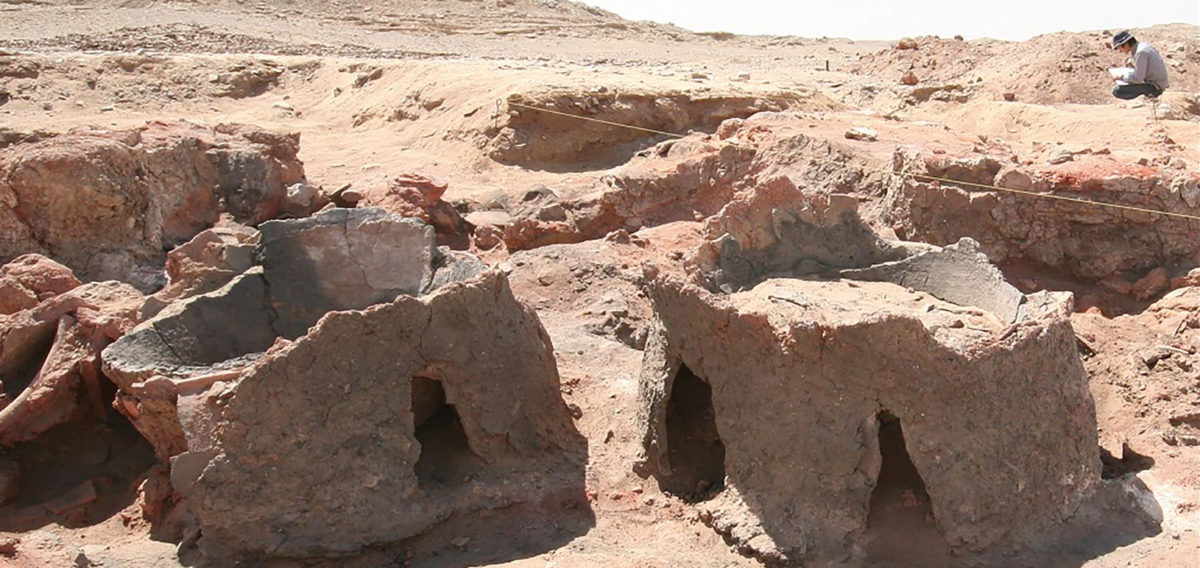Inbreeding and population/demographic shifts could have led to Neanderthal extinction
Neanderthal extinction could have occurred without environmental pressure or competition with modern humans.
Researchers say animal-like embryos preceded animal appearance
A new scientific study suggests animal-like embryological traits developed long before animals themselves.
Barbequed clams on the menu for ancient Puerto Ricans
Analysis of fossilized shells reveals cooking habits of Caribbean civilizations over 2500 years ago.
Three spectacularly preserved ancient coffins found in Egypt
Three spectacularly preserved ancient coffins were found by archaeologists in Egypt’ s Assassif, opposite Luxor.
Imaging uncovers secrets of medicine’s mysterious ivory manikins
Advanced imaging techniques have offered a revealing glimpse inside these captivating ivory dolls.
Beads made from ostrich eggshell track cultural change in ancient Africa
Study finds correlation between bead size and herding practices in ancient African cultures.
New Cretaceous mammal fossil sheds light on evolution of middle ear
Researchers have reported a new species of multituberculate with well-preserved middle ear bones from the Cretaceous Jehol Biota of China.
Frida Kahlo painting fetched almost 6 million dollars
A Frida Kahlo painting exceeded the estimated price of its sale at a recent auction at Christie’s House in New York.
Dinosaur skull turns paleontology assumptions on their head
A team of researchers at the University of Alberta has unearthed a well-preserved Styracosaurus skull—and its facial imperfections have implications for how paleontologists identify new species of dinosaurs.
Unique sledge dogs helped the Inuit thrive in the North American Arctic
A unique group of dogs helped the Inuit conquer the tough terrain of the North American Arctic, major new analysis of the remains of hundreds of animals shows.
Human migration out of Africa may have followed monsoons in the Middle East
Last year, scientists announced that a human jawbone and prehistoric tools found in 2002 in Misliya Cave, on the western edge of Israel, were between 177,000 and 194,000 years old.
PLUGGY has been officially handed over to the European citizens
PLUGGY ‘s objective is to connect users through cultural heritage we wish to share with others.
Otago scientist excavates medieval Uzbek cemetery
An Otago scientist has been digging up human remains in the backyards of Uzbek villagers to discover how people lived in the Middle Ages.
Banksy’s The Drinker avoided being auctioned at the last minute
The British auction house issued a laconic statement: “The work was withdrawn in agreement with the consignor”.
Vikings in the Mediterranean
Ιnternational conference co-organized by the Norwegian, Swedish, and Danish Institutes at Athens in the year of the Norwegian Institute’s 30th anniversary.
Rare animal mummies’ discovery announced in Egypt
Dozens of mummified cats, scarab beetles, cobras and crocodiles have been previously uncovered during excavations carried out by the mission last year.
Excavations at Agios Sozomenos completed
The 7th excavation season aimed at clarifying the architectural plan of the fortress at Nikolides and investigating further the complex of buildings at Djirpoulos.
Ancient Akrotiri-Dreamer’s Bay Project
Between September 8th and 19th 2019, a second season of underwater investigation was conducted at Dreamer’s Bay on the southern shores of the Akrotiri Peninsula, Cyprus.
Advancing archaeology millions of years
A University of North Texas team developed a way to identify sex and species of animals that lived more than one million years ago by analyzing proteins extracted from fossils.
Deinotheria and sequoia trees from the petrified forest of Lesvos
The exhibition aims to acquaint the public and particularly students and young people with the unique scientific value of the fossils of the Lesvos Petrified Forest.
Egypt’s oldest beer analysed
The early brewers of Egypt had acquired the knowledge needed to efficiently produce and preserve large quantities of beer.
Infants buried with “helmets” discovered in Ecuador
Scientists have discovered an unprecedented garb for the dead: children’s skulls that were fashioned into helmets and placed over the heads of two smaller buried children.
The archaeological site of Philippi is being unified
The site is preparing to be upgraded to a large degree and at the same time reveal even more evidence of its long rich.
Nasca Pampa: 143 new geoglyphs discovered
A research group at Yamagata University discovered 143 new geoglyphs which represent living things and other objects, on the Nasca Pampa and surrounding area.




